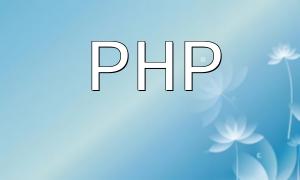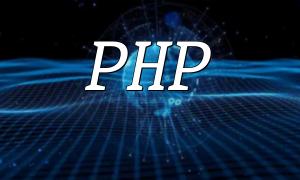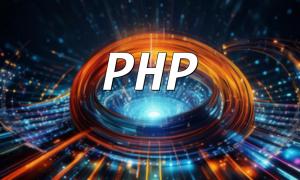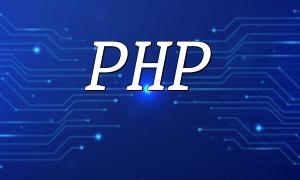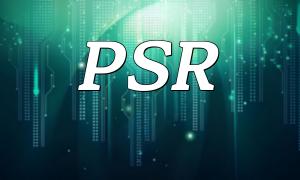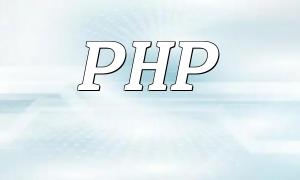Containers provide each PHP application instance with an isolated runtime environment, effectively preventing interference and resource contention among applications. By setting resource limits such as memory and CPU for containers, the stability and performance of all applications are ensured, improving overall system reliability and efficiency.
Container images package the application and all its dependencies, allowing PHP applications to run seamlessly across development, testing, and production environments. This guarantees consistency and simplifies deployment processes, reducing issues caused by environment differences.
Container technology supports creating and destroying instances on demand, enabling dynamic adjustment of the number of PHP application instances based on traffic fluctuations. This elastic resource allocation ensures stable and responsive application performance.
Containerization enables automation of the build, test, and deployment processes of PHP applications, integrating seamlessly into continuous integration pipelines. This significantly enhances development efficiency, shortens delivery cycles, and reduces the risk of errors caused by manual operations.
Containers add an additional security layer for PHP applications by restricting access permissions and isolating applications. Regular security scans and vulnerability assessments help identify and fix potential risks promptly, improving overall security and ensuring safe operation of applications and data.
Taking a PHP-based e-commerce platform as an example, deploying in a containerized environment brings multiple benefits:
Containerization technology offers significant deployment advantages for PHP applications. It simplifies environment management, improves scalability and security, and enables development teams to efficiently meet complex and evolving business requirements, accelerating time to market while maintaining system stability and reliability.
